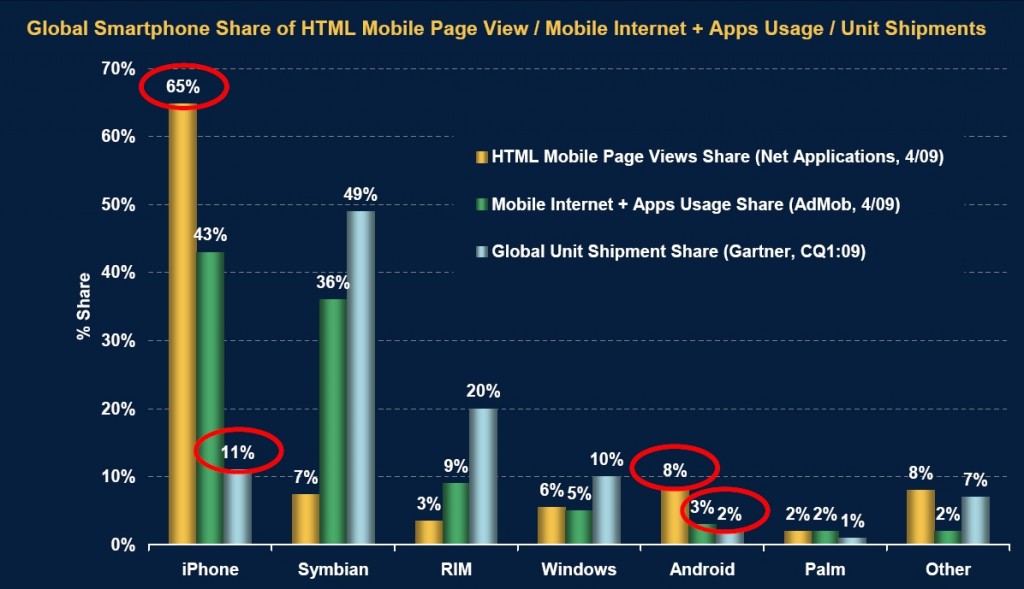Millennial Media just launched a study confirming that mobile is becoming an integral part of marketing campaigns. While for 2009, the majority spent less than $100k on mobile, the largest spending category is now $100-249k. This is still not a huge number, but it is interesting to see that there is a 20% increase in the agencies that will spend $1-5 million, which is significant:
The agencies that responded to the survey had barely gotten their feet wet in mobile, with the majority having done less than 10 projects. With the extensive growth that is predicted, this goes to show that the agencies have had positive experiences and will spend more, while some are embracing mobile fully as a dominant channel.
Here is a survey result that I found puzzling:
With the number of mobile marketing specialists available, lack of internal resources does not really sound like a good excuse. What the survey points to earlier, is that technical complexity is a barrier for adoption, and it perhaps this complexity (or fear of it), that is the main reason why a lot of agencies are reluctant to get involved (i.e. the 19.4% is probably quite higher). Also, I suspect if “The client has not asked for it” was a possible option, you would see a different distribution. As an agency though, this is a dangerous excuse – and you should really start reaching out to mobile experts to see what they can do for your agency and your clients right now, or at some point you will be caught out when your client demands a mobile component in their campaigns. If you look at what brands are thinking about for 2010, you will see that perhaps as much of a quarter of brands want to spend $5m or more:
Compare this to the first graph where only 2.6% of agencies expect to spend this much, there definitely seem to be a disconnect between what brands want and what agencies expect. Brands also mentioned that in 88% of the cases, they bring up mobile in strategy sessions. Agencies, you are hereby warned.






Recent Comments